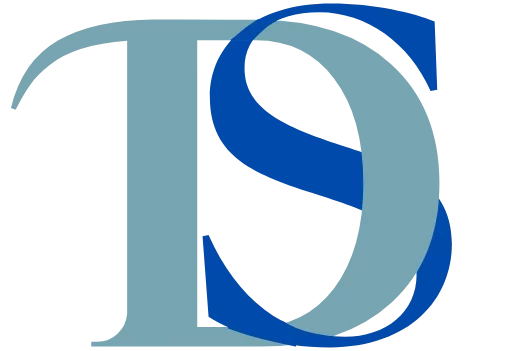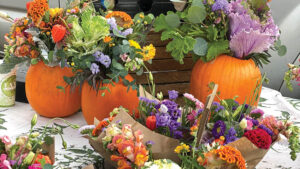MDF stands for medium-density fiberboard. It’s a high-grade composite material similar to wood. Casually, MDF is a generic term to mean any dry-process fiberboard.
What’s MDF Made Of?
MDF is an engineered lumber made from wax, resin, and recycled/mashed wood fibers. Manufacturers machine-dry the mixture with high heat and high-pressure methods. When hardened, the pulpy mix is pressed into dense, flat sheets of MDF. The wax in MDF gives it moisture-resistant properties, and the resin keeps the mixture of materials uniform and dense.
In its final form, MDF is a composite similar to particleboard (think: Ikea furniture). Although MDF is more dense, strong, and stable than particleboard. For these reasons, many large-scale furniture makers use MDF for the mass production of veneered products.
Benefits + Pros of MDF:
- Easier to cut than wood. When compared to solid wood, MDF is more stable and isotropic, meaning its properties are the same in all directions because there is no grain. Because natural wood has grain, knots, and/or rings, it is less uniform than MDF. Thus, you can cut MDF more precisely and avoid splitting and jagged edges.
- Does okay with humidity fluctuations. MDF is better able to withstand changes in humidity and temperature (heat) than solid wood, which can warp.
- Can finish, laminate, and glue. In some circumstances and with higher grades, it’s easy to paint and stain your MDF veneer.
- Cheaper. MDF is less expensive than solid wood, depending on the variety (premium MDF is denser, and some hardwoods are more expensive than others).
- MDF is flat and smooth-surfaced. This quality makes MDF an ideal substrate for veneers since no underlying grain transfers through.
- Consistent strength and size. The uniformness makes MDF easy to cut and shape.
- Some eco-friendly properties. Because many of its components are recycled content or from sustainable forests, MDF doesn’t put a large strain on the environment.
Disadvantages + Cons of MDF:
- Insufficient pre-priming. Many MDF pieces come pre-primed; however, the pre-priming is insufficient for most latex paints. The paints are absorbed, which means finishes appear splotchy and uneven.
- Will swell or break when exposed to water. Although MDF is adept at withstanding changes in humidity, it is prone to swelling and breaking if saturated with water. This is true of all MDF but particularly low-grade MDF pieces.
- Low humidity can cause MDF shrinkage. Very dry areas may cause your MDF boards to shrink.
- Density causes dull blades when cutting. Due to the extreme density of MDF, saw blades are cutting through more mass per cut than during woodcuts, causing blade dullness at a much faster rate.
- MDF is heavy. Because it’s denser than plywood or chipboard, with its heavy resins, MDF isn’t light.
- Screws can cause board splits. Be cautious when drilling into your MDF.
What’s MDF Used For?
MDF has many uses, including furniture, cabinets, laminate flooring, shelving, and trim. In many circumstances, manufacturers use MDF to form the base of furniture and cabinets and then cover it with a thin layer of hardwood veneer.
MDF is also popular for shiplap, beadboard, and other wall applications.
How Much Does MDF Cost?
MDF boards come in 1/2 inch and 3/4 inch thick 4′ x 8′ sheets. One sheet of standard 3/4 inch thick 4×8′ MDF ranges from $45- $60. Half-inch thick sheets cost about $45-$55.
If you’re wondering how the price of MDF stacks up to plywood, the average sheet of 3/4 inch thick 4′ x 8′ plywood is $65 – $75 – about 40% higher than MDF.






